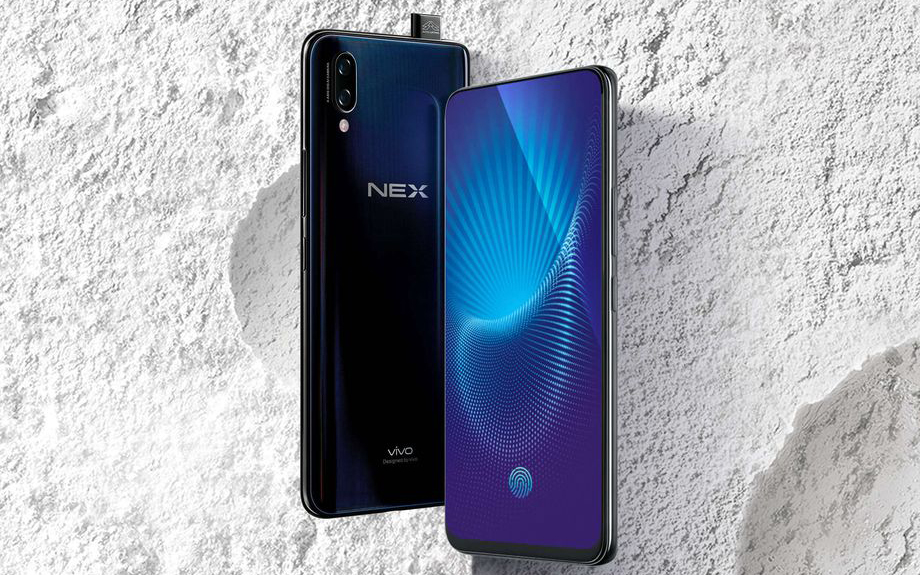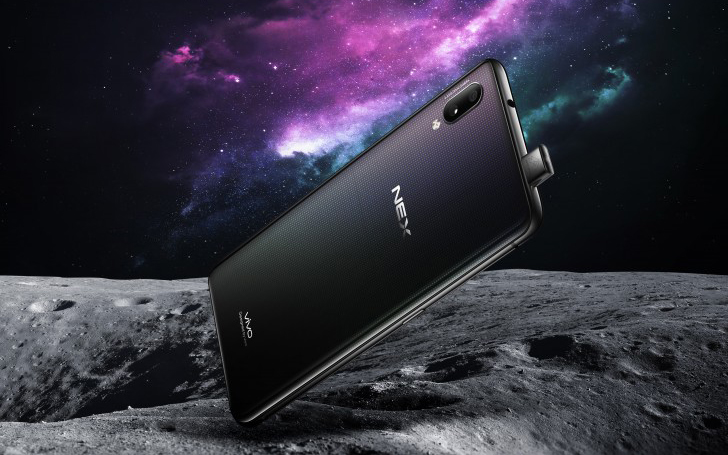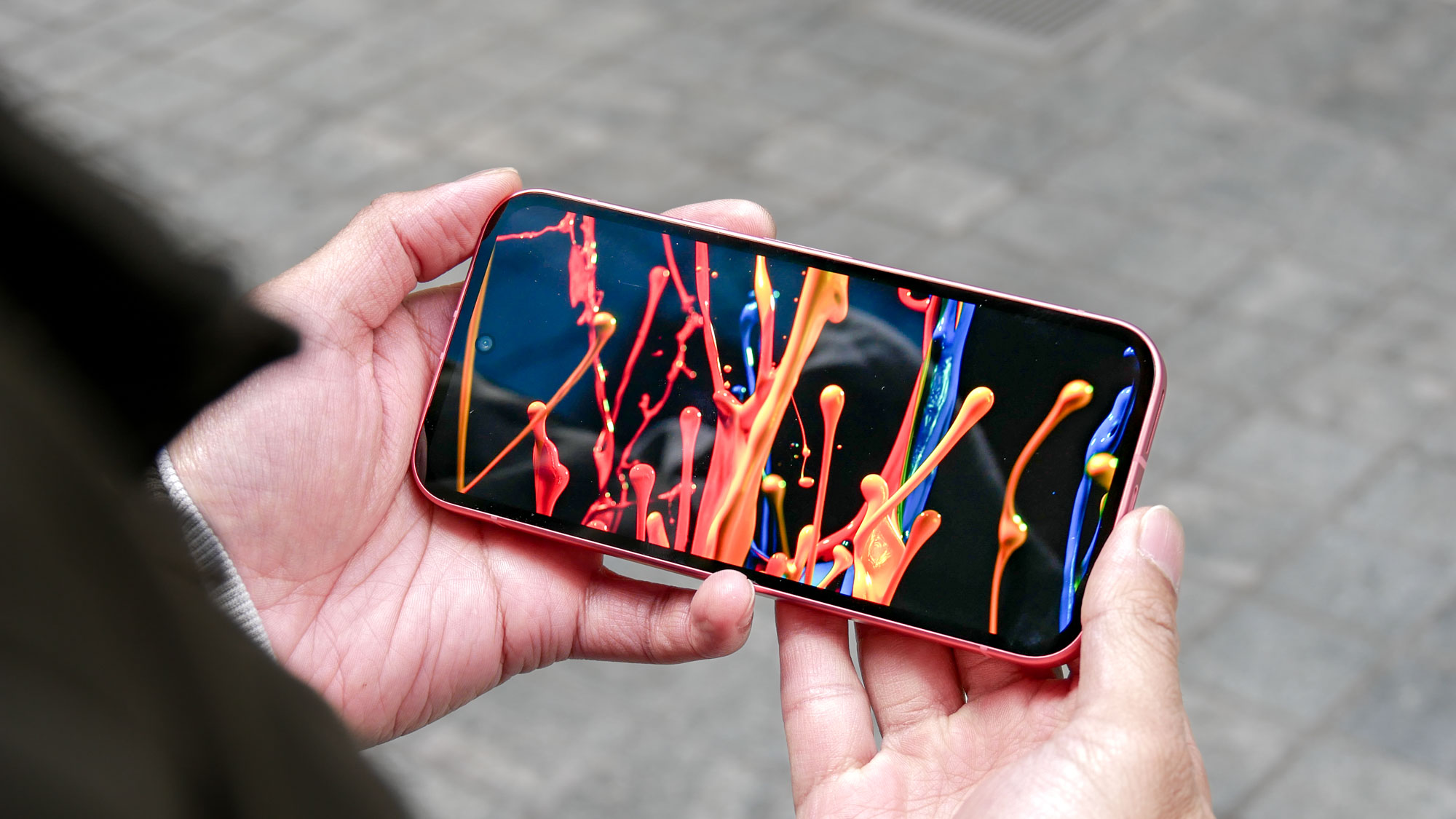Vivo Nex S Is the Future of Smartphones — And You Can't Buy It
Vivo is bringing its ambitious all-display phone prototype to the market. But only customers in China will be lucky enough to get their hands on one.
Chinese smartphone maker Vivo stole the show at Mobile World Congress earlier this year with a device called the Apex — a prototype handset sporting several groundbreaking features that helped create a bezel-free look. Now the company is bringing the Apex to market under a new name, called the Vivo Nex S.

Vivo has publicized several concept phones before, but the Nex S turns those advancements into a real product consumers will actually be able to buy. The phone isn’t completely bezel-less — there’s still a slight chin below the display to house the driver — but there’s no notch to be found at the top of the screen, as Vivo has developed clever solutions for the earpiece and front-facing camera.
Rather than use a traditional speaker, the Nex S conducts audio through vibrations in the glass. And instead of a front-facing camera in the top bezel, the shooter pops out of the top edge with the help of a motor.
Vivo even embedded a fingerprint sensor supplied by Goodix into the display. And while it’s not the first smartphone to claim the feature (a number of Chinese flagships have launched in the past year with similar technology, including an earlier Vivo phone), it is one of the highest-profile examples to date.
The net result of all these breakthroughs is a 91 percent screen-to-body ratio, compared to a little less than 82 percent for the iPhone X.

Meanwhile, under the glass and metal, the Nex S has all the trappings of a state-of-the-art Android handset. There’s a Snapdragon 845 chipset on-board with 8GB of RAM and up to 256GB of storage. The phone's battery is a large one, at 4,000 mAh, and Vivo is using a full-HD+ AMOLED panel for the display. Also keeping in line with modern trends is a dual-lens camera system on the back, that combines 12- and 5-megapixel sensors.
Vivo will also offer a lower-cost option with a Snapdragon 710 system-on-chip, 6GB of RAM and a rear-mounted fingerprint sensor, called the Nex A.
Sign up to get the BEST of Tom's Guide direct to your inbox.
Get instant access to breaking news, the hottest reviews, great deals and helpful tips.
As far as we can tell, the only serious issue with both Nex handsets is availability. Like so many other groundbreaking Chinese phones, the Nex line will only be available in China (for now, anyway) later this month and almost certainly won’t make it to our shores, as Vivo doesn’t import its wares to the U.S.
Moreover, the majority of Chinese phones lack compatibility with wireless bands in the West. That means there’s no guarantee the Nex S will work on your carrier, even if you do find a way to get your hands on a unit. That’s an even greater shame, because the Nex S is pretty inexpensive for such a feature-rich phone — about $780, based on current exchange rates.
Nevertheless, the phone’s mere existence is still encouraging. Some of the Nex S's most noteworthy features — like its in-display fingerprint sensor — will surely make their way to more widely-available phones in due time. But how soon? That will largely depend on Vivo’s success with this ambitious project.
Adam Ismail is a staff writer at Jalopnik and previously worked on Tom's Guide covering smartphones, car tech and gaming. His love for all things mobile began with the original Motorola Droid; since then he’s owned a variety of Android and iOS-powered handsets, refusing to stay loyal to one platform. His work has also appeared on Digital Trends and GTPlanet. When he’s not fiddling with the latest devices, he’s at an indie pop show, recording a podcast or playing Sega Dreamcast.
